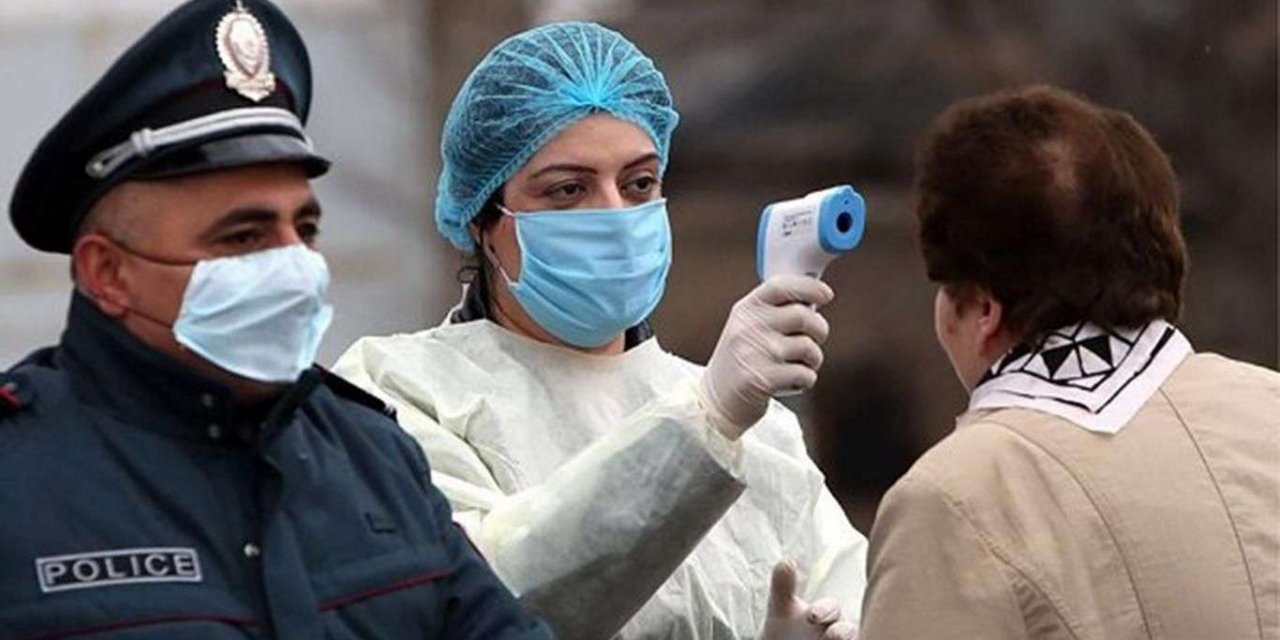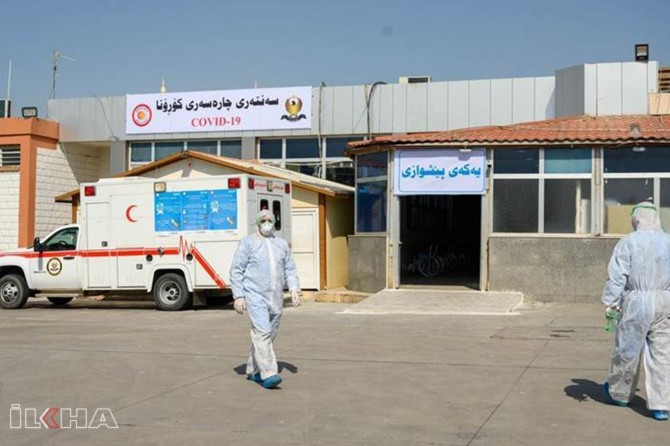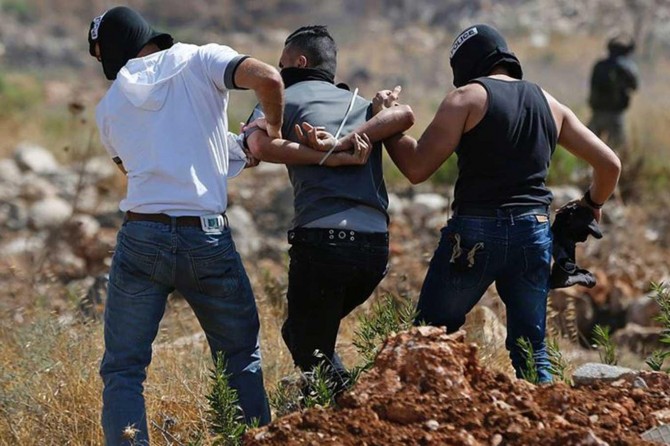
The first things come to mind when saying Bitlis
When we say Bitlis, which has a history of seven thousand years; the first things come to mind are five minarets, Muslim saints, madrasas and khans, and its buryan kebab.
Established in a valley, Bitlis, a central-eastern province of Turkiye, has a history of 7 thousand years.
Especially the five minarets, Muslim saints, madrasas and khans, fortress and buryan kebab come to mind when we say Bitlis.
Here are the first things that come to mind when we say Bitlis:
Five minarets
Bitlis, which was occupied by Russian soldiers and Armenians on March 3, 1916, joined the liberation fight with its old man, youth and all people, who could hold arms and started a bloody process.
Bitlis, which has been turned into ruins, has only 5 minarets left standing behind the occupation.
The five minarets, a subject of folk songs and mansions behind the legend of father-son, are also identified by the name of Bitlis. The five minarets standing at that time are known to belong to the Central Grand Mosque, the Gökmeydan Mosque, the Meydan Mosque, the Şerefiye Mosque, and the Kale Altı Mosque.
Awliya and statesmen who grow up in Bitlis
Bitlis, the ancient city, which is a land of science and education, has raised tens of awliyas [Islamic saints] to the Islamic world.
Bitlis, one of the unique cities that surrendered to the Islamic armies under the command of Iyaz bin Ganem during the caliphate of Hadrat Omar in 639 and accepted Islam, has raised great Islamic scholars and statesmen since then.
Some of the great Islamic scholars and statesmen are; Bediüzzaman Said Nursi, Sheikh Mehmed Küfrevi, Sheikh Muhammed Diyauddin, Seyyid Sibgatullah Arvasi, Sheikh Fetullah Arvasi, Müştak Baba, Shems-i Bitlisi, Sheref Han, Sükri-i Bitlisi, Mevlana Idris-i Bitlisi, Sheikh Tahir Gurgi, Mewlana Husameddin Ali Bitlisi.
Madrasahs
There are dozens of madrasahs figured with Seljuk and Ottoman architecture in the city where both Islamic and other scientific sciences are taught.
Ihlasiye Madrasa, Yusufiye Madrasah, Nuhiye, Hatibiye, Sherfiye, Shukriye, Hatuniye, Aklakiye, Hacı Begiye, Haliliye Tağki Islamic Madrasahs, 0xin and Norshin madrasahs are among the main madrasas.
Inns and caravanserais
There are many inns and caravanserais in Bitlis, which located on Silk way, constructed between the 11th and 16th centuries. While some have been restored, many have been abandoned to their fate.
Hatuniye [Hazo] Inn, Papshin [Hüsrev Pasha] Inn, Bashhan Inn, El-Aman Khan, Sherefiye, Arasa, Yusufiye, Duhan and Kokoz Zal Pasha inns are the main inns and caravanserais in the city.
Tombs and rotundas
There are dozens of tombs left from the times of Ottoman and Seljuk in Bitlis. The most popular among the tombs and rotundas [kümbet] in the historical buildings visited by tourists is the "Emir Bayındır Kümbeti" and "Abdurrahman Gazi Tomb" located in the Ahlat district.
Other tombs and rotundas are: Küfrevi Tomb, Emir Bayındır Kümbeti, Çifte Kümbet, Emir Ali Kümbeti, Usta Şagirt Kümbeti , Şeyh Babo [Üryan Baba] Tomb, Abdurrahman Gazi Tomb, Feyzullah El Ensari Tomb, Hoca Hasan, Ziyaed-din Khan, 11 Şerafhan, Üçbacılar, Veli Şemsettin Tombs, Nuhiye, Saidiye, Hacı Yusuf, Şeyh İsa Tombs, Erzen Hatun Kümbeti, Sheikh Hasan Tomb and Güroymak Kalenderağa Tomb.
Square cemetery of Seljuk
Ahlat Seljuk Square Cemetery, which is the largest Turkish Islamic Cemetery in Ahlat district of Bitlis, has 8 thousand 200 gravestones and stone rubbing which attracts tourists.
Bitlis Castle
Bitlis Castle was constructed in 312 BC by Badlis, one of the commanders of Alexander the Great, which is believed that the name of the city comes from there.
It is located on a steep rock block where two streams meet from the branches of Bitlis water. Along with the castle of Bitlis, there are also Tatvan Castle, Ahlat Beach Castle and Adilcevaz Beach Castle near Bitlis.
Nimrud Crater Lake
Nimrud Crater Lake is Turkiye's largest and the world's second largest Crater Lake. It is one of the most important tourist destinations of the city with its hot and cold lakes, ice caves, steam chimneys, bird species and natural beauty, which is home to with its 12 square kilometers face measurement at a height of 2,935 meters in Tatvan District of Bitlis, welcomes numerous domestic and foreign tourists every year.
Buryan Kebab
The Bitlis buryan kebab, which is mentioned in the book of Awliya Chalabi "Seyavname", made by cooking goat meat in special wells. With over 750 years of history, buryan kebab remains an important culinary culture in Bitlis.
The art of Harik
Harik art, which has about 600 years of history and made from the goat hair and hemp, is a kind of shoe that the local people used to wear as a shoe. Harik keeps feet cool in the summer and warm in the winter.
Bitlis Karakovan honey
Bitlis' Karakovan honey, which the bees make it by harvesting nutrients from thousands of flowers and plants at Bitlis high springs, has registered as the best 3rd honey in the world.
Karakovan honey, which is the livelihood of hundreds of families, plays an important role in the promotion of Bitlis.
Bitlis walnut
Bitlis walnut, which grows in Bitlis region, has an important place among the varieties of high-quality walnut with its size and flavor, offers a great contribution to both the city's economy and its promotion. Especially Adilcevaz walnut is branded. Different activities and workshops are organized in the city for the walnut.
Stone houses
The multistory historical stone houses, which were built on the slopes between deep valleys in Bitlis' Hizan district, attract great attention by photographers and travelers.
Stone houses, which are untouched, stand like a masterpiece.
Ahlat cane
The Ahlat cane, which has a history of about 3 thousand years, are made by walnut tree together with the horns of buffalo, ram and cattle and motifs from Seljuk and Ottoman. The Ahlat cane was registered as "Geographical Sign". It is the first to give gifts to scientists and statesmen who visit the city.
Hot springs
Bitlis thermal springs are one of the candidates to be one of Turkiye's most important thermal tourism paradise. There are fertile thermal springs in a wide area.
The thermal springs of Bitlis are used in the treatment of many diseases. The most prominent of these is the Budaklı Thermal Spring. This is one of the places where photographers and tourists are most interested.
In addition, Çukur Spa, Germap Spa, Nemrut Mount Thermal Spring, Küçük Spa and many large and small hot springs are available.
Uprisings in Bitlis
Bitlis, where the awliyas grew up in its bosom, accepted Islam in 639. In such an ancient city, many struggles were given in the name of Islamic values. The most obvious of these is the uprising against the Committee of Union and Progress in 1913-1914.
The uprising, which was led by Shaykh Shahabeddin, Molla Selim and Seyyit Ali, was suppressed by the mentality of the Union and Progress in a bloody manner. The scholars were executed.
In the Republican period, in 1927 – 1934, many villages were burned and people were exiled to different provinces, especially to Tekirdağ only because they refused to wear a hat.
ILKHA










Türkçe karakter kullanılmayan ve büyük harflerle yazılmış yorumlar onaylanmamaktadır.